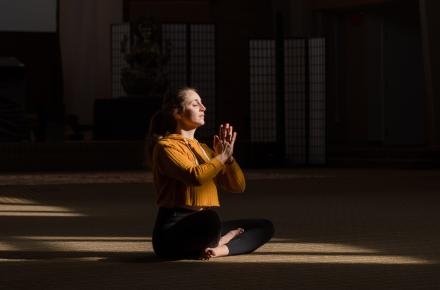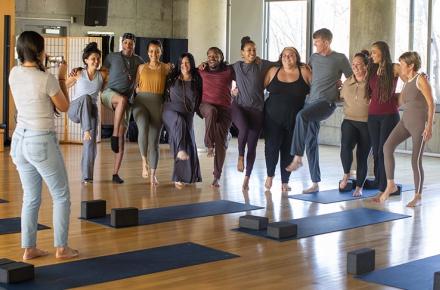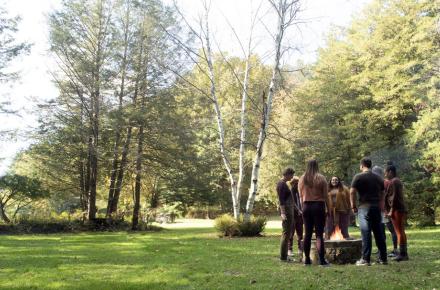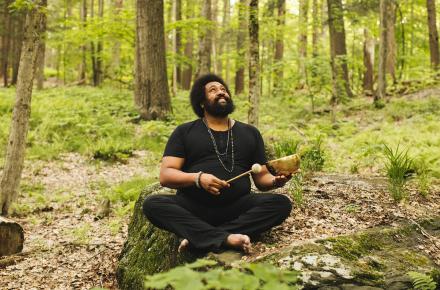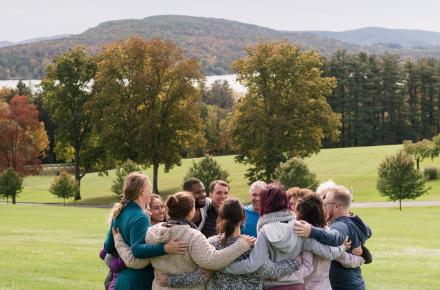Ceremonies for Healing


Indigenous tribal cultures continue to rely on ceremonies to mark the experiences of life. We, in our “developed” countries, have lost the impact of those traditions.
Yes, we mark events such as births, weddings, deaths, and holidays. And even those seem to have become empty of deep meaning. Many are often more about having a party—a good time—than delving into the underlying meaning of the event. Also, we do not ceremonialize many of our personal life experiences such as beginnings, endings, and transitions that are of a more personal nature.
You can create your own ceremonies focused on healing psyche and body. They can be quite simple, although, of course, you can make them more elaborate if you are called to do so.
There are many experiences that are enhanced by, acknowledged by, or honored by ceremony:
- Beginning, transitions, and endings
- Bringing in or letting go
- Losses
- Gains
Ceremonies are different from rituals in that rituals are acts that we perform over and over, whereas ceremonies are one-time events that are created for a specific purpose.
In creating ceremonies, the most important aspect is intent or intention. What makes a ceremony a ceremony is not so much what you do but how you do it. It is often about making the mundane sacred.
Materials Used in Ceremonies
I suggest using simple materials that can be found rather than going out and buying a ton of things. On the other hand, purchasing certain objects that have relevance is a wonderful thing.
Following indigenous traditions, I suggest that you connect to the four elements (earth, water, air, fire). In many of the ceremonies that I offer, there is a suggestion of burying, burning, or placing an object in water.
Particularly in our accelerated tempo culture, taking time to reflect and do something slowly with intention and attention is a ceremony in and of itself.
Find a time and place where you will not be disturbed. Turn off all of your electronics. Create a special environment by lighting a candle, burning some incense, playing some music, or in some way dedicating this time and this endeavor as out of ordinary time.
Many of the ceremonies offered here are generic: They can be performed for a variety of circumstances (it is the intention that determines its purpose). However, I also offer some that are geared to specific events, such as beginnings, transitions, and endings, bringing in and letting go.
Stones, shells, or other small objects are particularly valuable to anchor an accomplishment or good feeling, or as a reminder of a new thought or action to be performed by imbuing them with the intention—for example, gentleness, or a sense of power and self-sufficiency. Sticks, yarn, and ribbons are also great tools to use in a variety of ways.
Creating Ceremonies
Burying, gifting to the waters, or burning
This ceremony is particularly helpful when there has been incomplete mourning, whether for a person, thing, idea, illusion, possibilities, situation, etc. (It has been extremely helpful to women who have had miscarriages or abortions).
Find item(s) that belonged to or represent the person, idea, thing etc. It can also be a piece of writing or drawing.
Find a spot in a park/backyard, bring a candle, incense, etc., and literally bury those items and mourn the loss as feels befitting to the situation.
Another option is to find a body of water, and ask the spirit of the waters to receive those items.
Or you can make a fire and burn the items.
After the burial, I encourage you to find and acknowledge the gift or the teaching from this experience, even though it was sad/unpleasant/painful, etc.
Letting-Go Ceremonies
Baths
Baths are a good way to let go of any negative energy that one has absorbed physically, and for reclaiming one’s body after what has been experienced as a physical violation. Traditionally, a bath of red and white carnations is used to remove negative energy.
Casting Off
Inspired by the Jewish atonement ritual of Tashlikh, this ceremony allows you to cast off any thought, belief, decision, resentment, grief, hurt, etc., by casting pebbles into a body of water and asking to be cleared of those issues.
Making a Water Vessel
This ceremony is derived from an Indian practice. Make a little boat or platform with balsam wood or a leaf. Place a tea candle on it. Light it and ask that it burn away whatever you want to be rid of.
Bringing-In Ceremony
Get a stick from outside (a tree branch).
Wrap the stick with a ribbon, naming the things you want to bring into your life. These could be material things or beliefs or attitudes. You can also insert small objects or words or pictures.
When you’re done and you’ve been with it for a while, burn it, bury it, or gift it to the waters, giving thanks for already having received that which you request.
Find out about upcoming programs with Monique Lang at Kripalu.
This article is excerpted with permission from Ceremonies for Healing, by Monique Lang.












